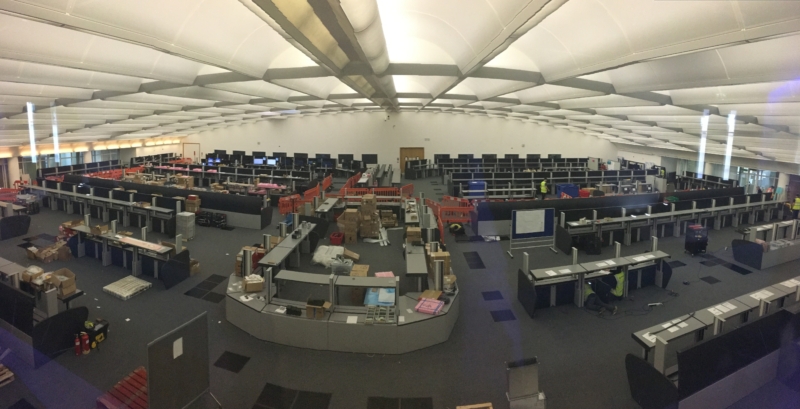With traffic forecast to grow significantly over the next decade and ongoing pressures to improve environmental performance and reduce costs whilst maintaining safety, we need to change the way we manage air traffic in the UK.
One part of this is modernising the airspace structures which were designed half a century ago. Another and equally important part is modernising the tools and technologies we use to manage traffic using that airspace.
We are in the midst of a major investment programme that will do exactly this – providing us with the systems, technologies and processes we will need to meet growing demand and support the UK aviation industry in the decades to come.

It’s a significant shift too – not just in the tools we use but also in the way we work. This requires flexibility as we move from an asset-focused model with significant investment and focus on developing and maintaining bespoke assets (primarily systems), to the kind of service-oriented approach that you find in many other high-tech industries such as banking, insurance and logistics, where we can adapt and respond more nimbly to customer requirements.
One important aspect of this change is the creation of a Common Operations Room at our Swanwick Centre, bringing together in a single physical location two operations that have previously been separate: London Area Control, which manages higher level airspace over much of England and Wales and London Terminal Control, which manages flights on approach to and departure from the airports in and around London.
So far, working in partnership with our suppliers we’ve laid 270km of data cabling, 15km of power cabling, over 5000 network termination points and installed desks for more than 260 of our future controller workstations. This is a major project supported with investment from the European Union via their Connecting Europe fund.

Once complete, not only will we have new equipment that will enable our Controllers to safely manage growing levels of traffic, it will also pave the way for new methods of working. With all of the Controllers at Swanwick using the same equipment in the same room, we open up new possibilities for how we can respond dynamically to changes in traffic flows and flex resources to deal with them.
This all forms part of our overarching plan to ensure that Controllers at both of our centres – Swanwick and Prestwick in Ayrshire – work with the same equipment and tools, giving us greater flexibility in the service we provide to our customers and the flying public.

Laying cables, network points and installing desks might not seem like the most glamorous of jobs but it’s an absolutely essential part of the journey to modernise our systems. It lays the foundation from which we can transform the way we manage air traffic in the UK.

Comments
Please respect our commenting policy and guidelines when posting on this website.

06.01.2018
22:05
Piltdownman
Gav ?
Seriously ?
28.11.2018
18:31
M r Jonathan Sparks
My future for air transport was summarized in the title that Flight International had put to the third of my four letters published in that back in 2011 and so that was-The future is digital. No human(weak) links within control from takeoffs through to landings but been enhanced since and was liked by appropriate academics and the editor of Airliner World M r Craig West.